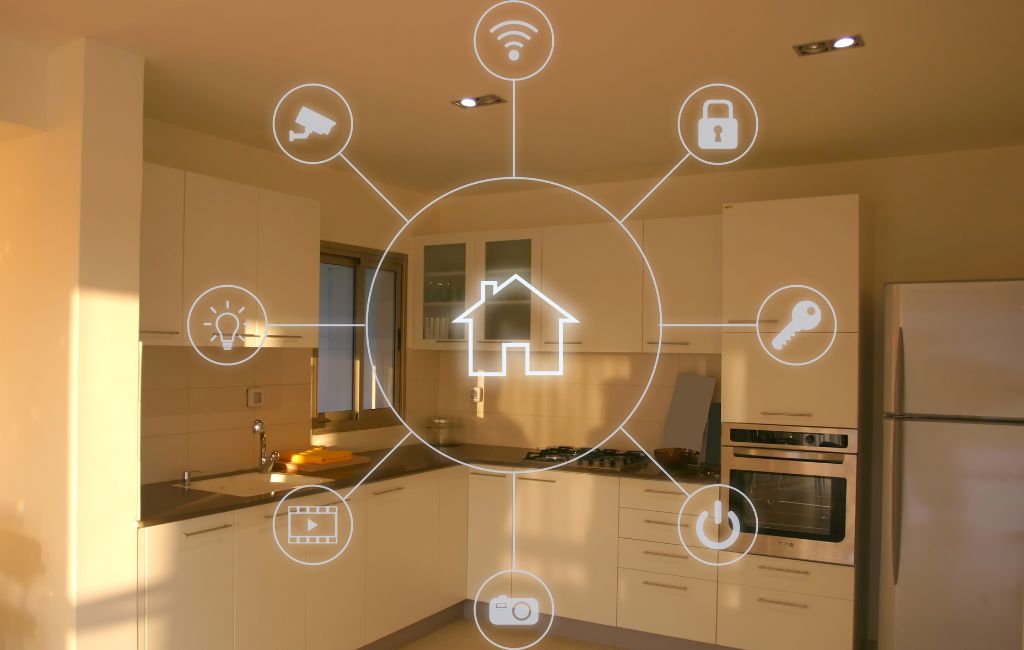Lighting Design: Types, Placement & Automation for Perfect Interiors
Lighting is one of the most transformative elements in interior design—it sets the mood, enhances functionality, and defines the overall aesthetics of a space. A well-designed lighting plan doesn’t just illuminate a room; it elevates the ambiance, usability, and visual appeal.
To master lighting design, interior designers must understand:
✔️ The different types of lighting
✔️ Optimal lighting placement
✔️ The role of smart lighting and automation
Let’s explore each in detail.
1. Types of Lighting: Layering for Depth & Functionality
Lighting in interior design is not just about brightness; it’s about layering different sources to create the perfect balance. There are three primary types of lighting:
🔹 Ambient Lighting (General Lighting)
This is the main source of light in a room, ensuring uniform brightness. It sets the foundation for overall illumination.
💡 Examples:
- Ceiling-mounted fixtures (chandeliers, recessed lights)
- LED panel lights
- Large pendant lights
Best Used For: Living rooms, bedrooms, hallways, and offices.
📌 Pro Tip: Use dimmers to adjust ambient lighting levels based on the time of day and activity.
🔹 Task Lighting (Focused Illumination for Functionality)
Task lighting provides direct, concentrated light for specific activities such as reading, cooking, or working. It enhances functionality without causing strain.
💡 Examples:
- Desk lamps and under-cabinet lights (for workspaces and kitchens)
- Vanity lights (for bathrooms)
- Pendant lights over kitchen islands
Best Used For: Study areas, kitchen counters, bathroom mirrors, and bedside tables.
📌 Pro Tip: Choose cool white or daylight LEDs for task lighting to improve focus and clarity.
🔹 Accent Lighting (Adding Drama & Focus)
Accent lighting is decorative and highlights key design features, creating depth and a sense of luxury. It draws attention to artwork, textured walls, or architectural details.
💡 Examples:
- Track lighting and spotlights
- Cove lighting in ceilings
- LED strip lighting behind mirrors or furniture
Best Used For: Art galleries, statement walls, bookshelves, and outdoor landscapes.
📌 Pro Tip: Use warm white light (2700K-3000K) for a cozy, inviting glow in accent lighting.
2. Placement: Where & How to Position Lighting for Maximum Impact
Knowing where to place lights is as important as the type of light you choose.
✔️ Living Room: Combine ambient ceiling lights with floor lamps & accent lighting for a layered effect.
✔️ Bedroom: Soft wall sconces, pendant bedside lights, and indirect lighting create a relaxing mood.
✔️ Kitchen: Bright task lighting under cabinets and statement pendant lights over an island improve both function and style.
✔️ Bathroom: Vanity lights should be placed at eye level on both sides of a mirror to avoid shadows.
✔️ Dining Area: A chandelier or pendant should be hung 30-36 inches above the table for the best visual impact.
📌 Pro Tip: Avoid harsh overhead lighting alone—always incorporate multiple light sources for depth and warmth.

3. Smart Lighting & Automation: The Future of Interior Design
Technology has revolutionized interior lighting with smart lighting systems that offer convenience, energy efficiency, and customization.
🔹 Benefits of Smart Lighting:
✅ Voice & App Control – Adjust brightness, color temperature, and schedules via Alexa, Google Home, or mobile apps.
✅ Motion Sensors – Automatic lighting activation when movement is detected, enhancing security and energy savings.
✅ Tunable White & RGB LEDs – Change color temperatures (warm to cool) or switch to colored lighting for different moods.
✅ Daylight Simulation – Smart lighting systems adjust brightness throughout the day, improving circadian rhythms.
📌 Pro Tip: Use smart dimmers and programmable lighting scenes to enhance different activities (e.g., “Relax Mode” with warm tones, “Work Mode” with bright daylight).
Final Thoughts
Lighting is not just a necessity—it’s an integral part of interior design that defines the atmosphere and function of a space. A well-balanced lighting plan:
✔️ Combines ambient, task, and accent lighting for depth.
✔️ Uses proper placement to enhance comfort and aesthetics.
✔️ Leverages automation for convenience and efficiency.
Mastering lighting design ensures that every space you create is functional, visually appealing, and perfectly illuminated.
💡 What’s your go-to lighting trick for interiors? Share your thoughts below! 👇✨

